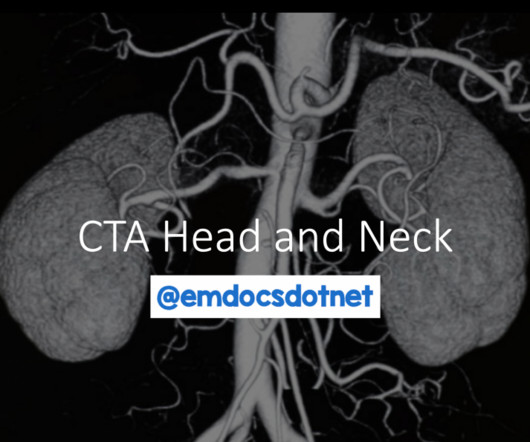Transfusion Reactions
Core EM
OCTOBER 16, 2024
Author: Natalie Bertrand, MD Editor: Naillid Felipe, MD Background: Definition: adverse reaction to blood product administration Incidence: more common in children than adults, except for delayed hemolytic transfusion reactions Allergic (non-anaphylaxis) – Platelets 1-3%; RBCs 0.1-0.3% In: Marx J, ed. Br J Haematol.












Let's personalize your content